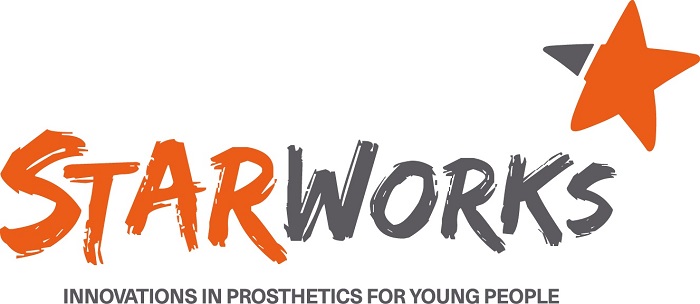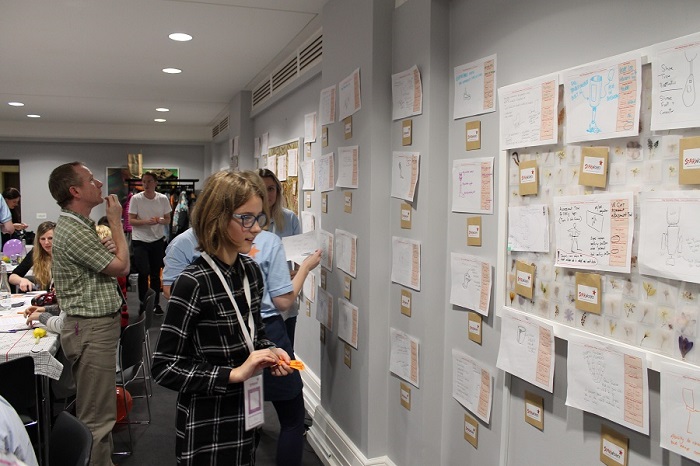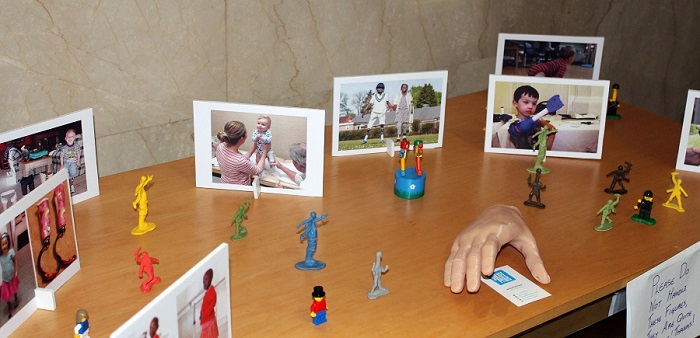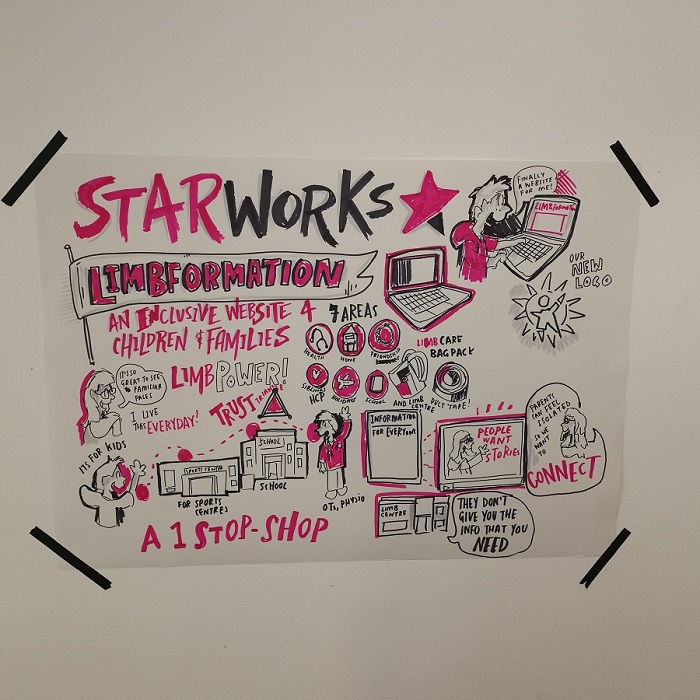This research explored how co-design can help to address market failure barriers preventing technology innovation in the field of child prosthetics. The aim was to ensure a balance between ‘clinical pull’ and ‘technical push’ in translating research in child prosthetics into everyday use. Funded by the Department of Health working in collaboration with Devices for Dignity, the research involved building a network of clinicians, academics, industry experts, and crucially, children and families. Co-design research methodologies were adopted to develop a service design solution ensuring the voices of children and their families were central throughout. Four parallel lines of inquiry were established to deliver this ambition: ‘needs assessment’, ‘proof-of-concept’, ‘meaningful outcome measures’ and ‘learning from other contexts’. Langley and co-author Wheeler undertook a needs assessment engaging children and families nationally, conducted through workshops, phone calls and postal activity packs specifically tailored to a range of ages. This was then complemented by a series of one-day sandpit events in Salford, Bristol, London and Sheffield which brought key stakeholders together. This included children with prosthetic limbs, their parents, health care professionals from the NHS and private sector, academics from a range of institutions and disciplines with an interest in prosthetic limb innovation, and commercial organisations. These ranged from those well-established in the prosthetics market and medical device sector to ‘Fred- in-his-shed’ organisations with no knowledge of medical device regulation but with prototypes and ideas well-liked by children and parents. Research has led to the creation of a national StarWorks network, national database of children with prosthetic limbs, ten proof-of-concept innovation projects and the development of plans for a Social Enterprise. The work has been disseminated through journal articles and conference papers, referenced in Nature Journal and cited by Involve (NIHR) as an exemplar of how to undertake co-production.








